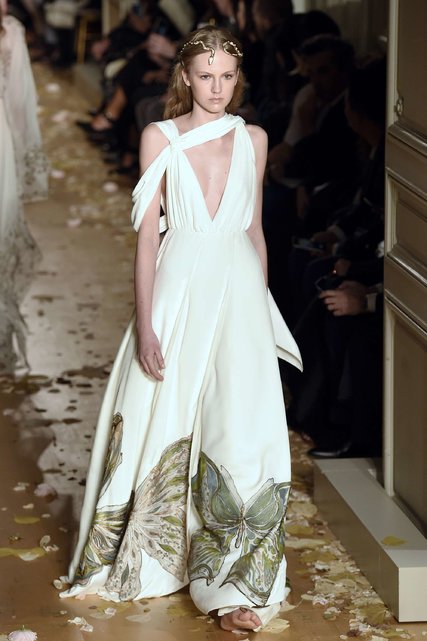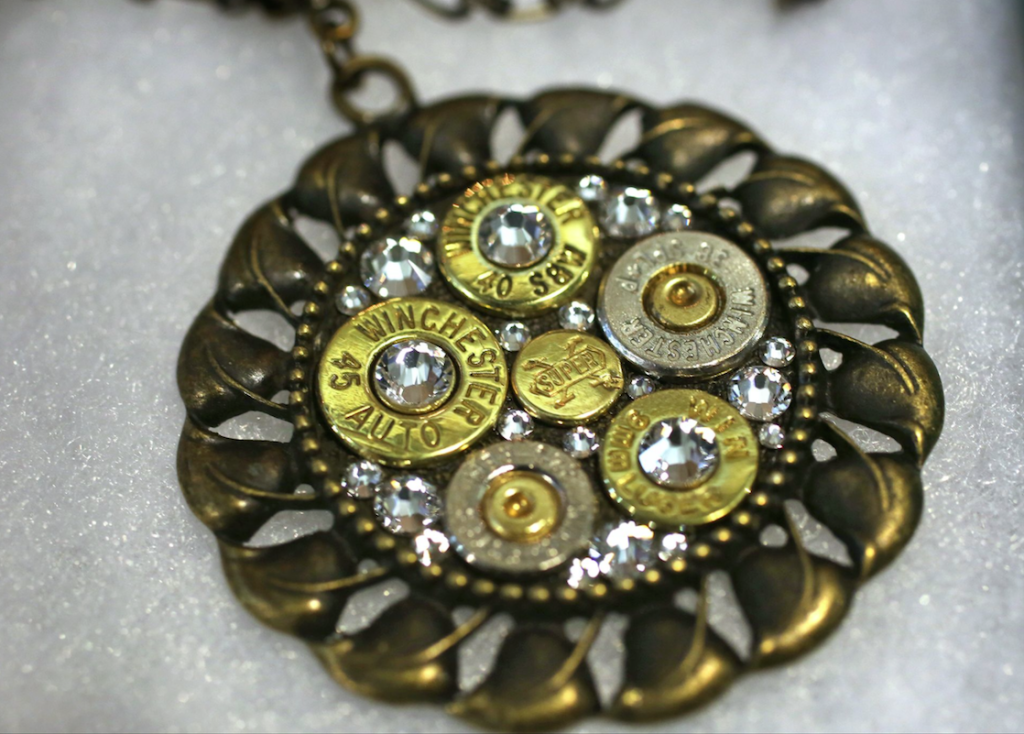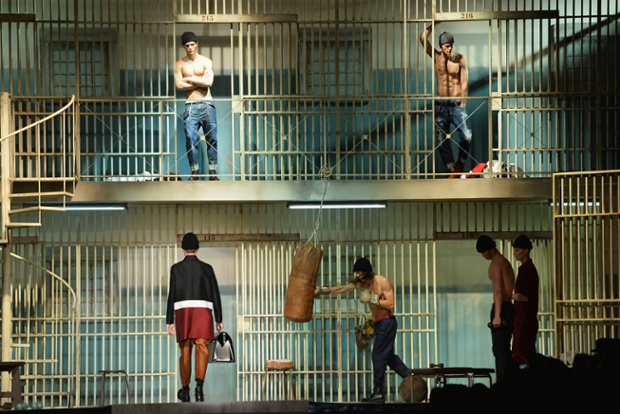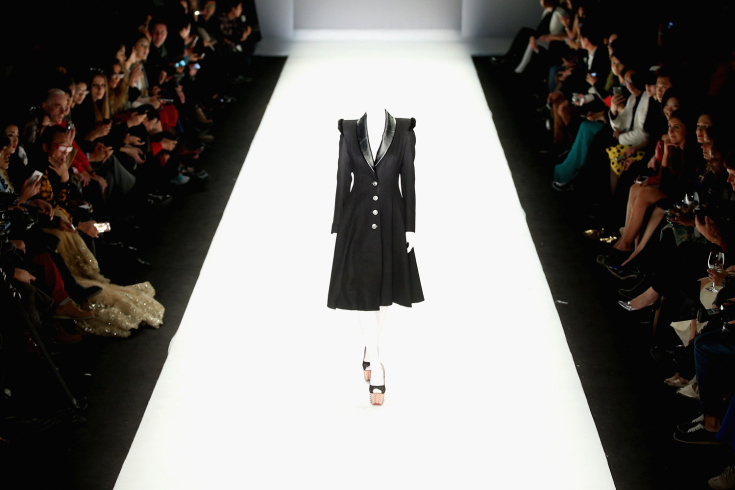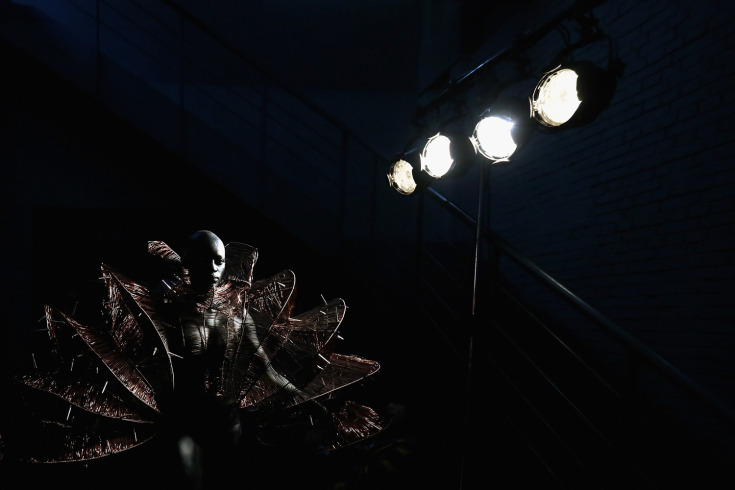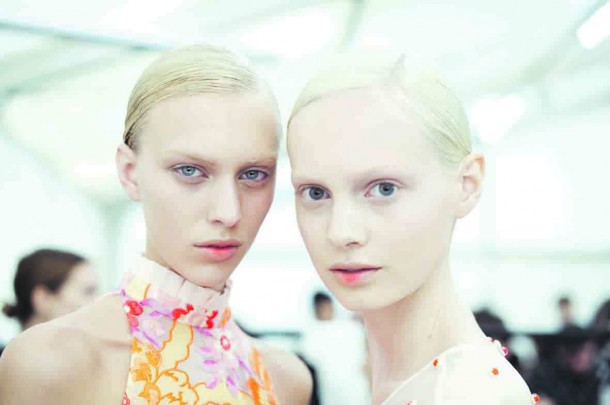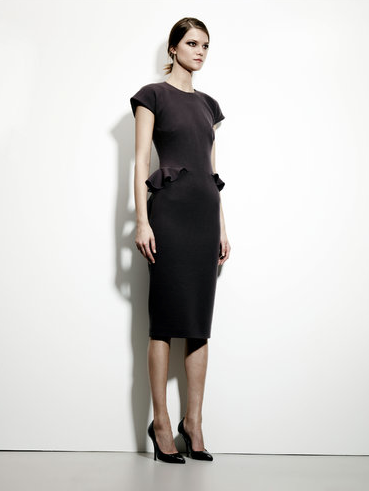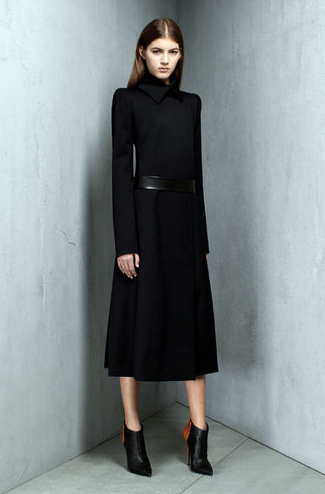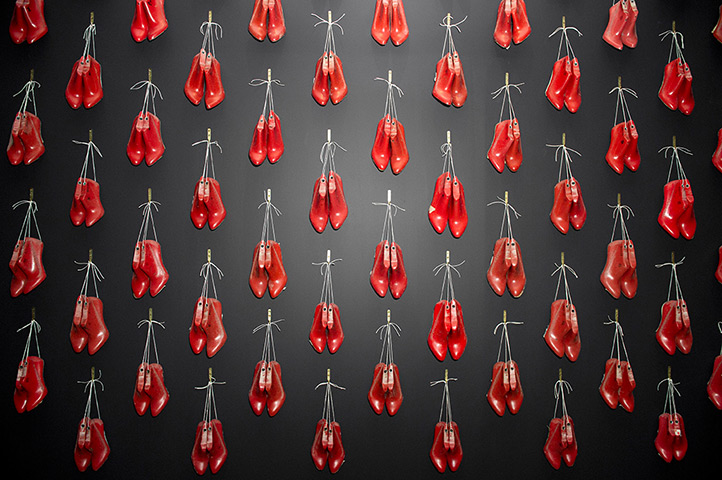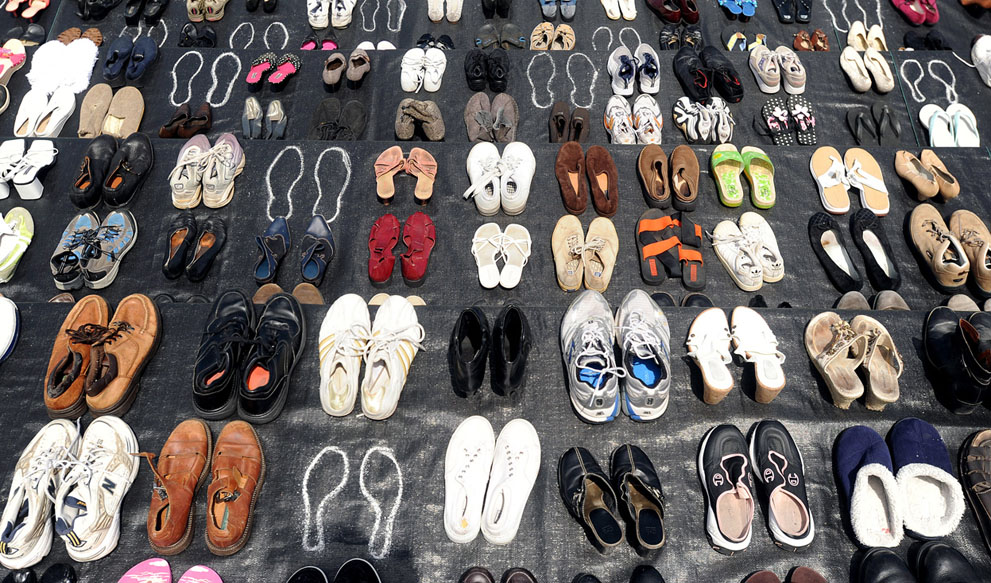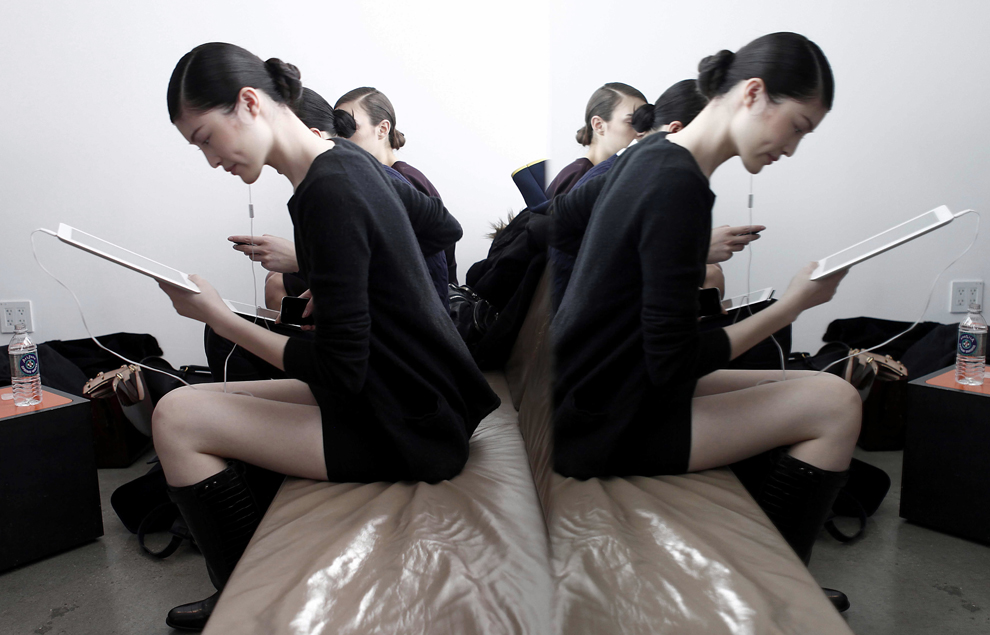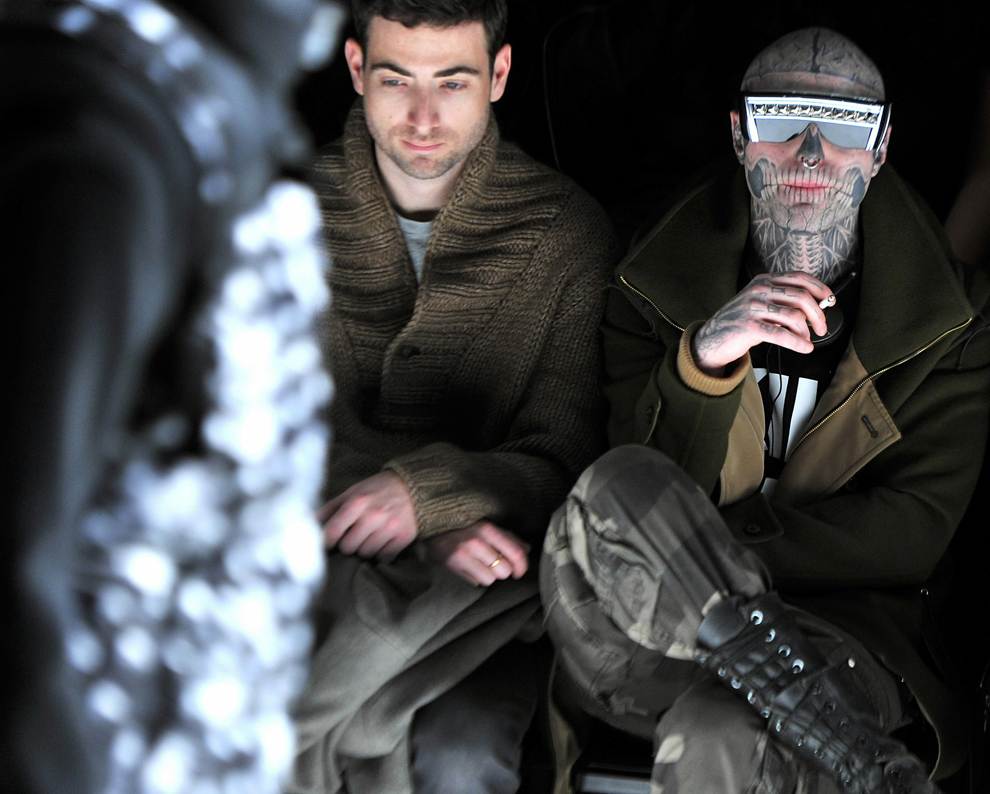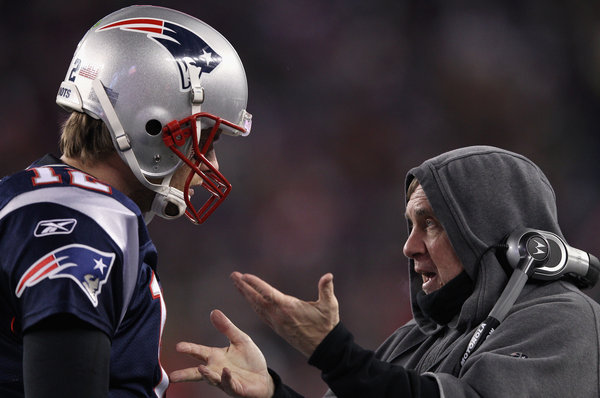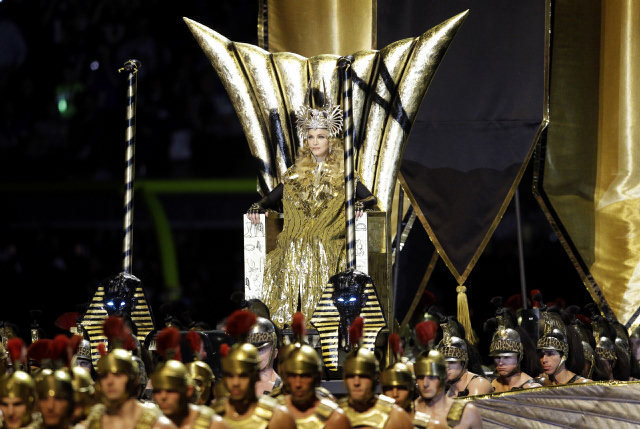Tired of war, refugees, and Donald Trump? Take heart: Fashion Week is here. But although we might want diversion, escape, or vicarious indulgence of wretched excess, even the fashion shows are saying something about the news. One of the themes this year is that wealth is here to stay.
OK, that may be one of the themes every year, but what’s interesting is that the designers are tuned in to how the 1% will continue to rule. So far this year, there are at least two serious options. One uses the theme of a new feudalism.
This couture gown from Valentino took 1,300 hours to make. 1300 hours, and it still gets a lot of mileage from bare skin. Maria Grazia Chiuri suggested that the show represented “diversity, and freedom, and the chance to express yourself.” True enough, and certainly so if compared to ISIS. But actually the look is going in the same direction as the Islamic State: back into a premodern world.
I see a woman waking in an ancient courtyard. She might be a queen or a courtesan, and there aren’t too many other options. Her bare feet, flowing gown, and jeweled hair evoke movie images of Greece or Rome, and the bare feet and shoulders suggest a warm environment–whether in a past Mediterranean world or one remade by global warming. Like the model she is, she is likely to be doing what she is told: making an entrance to play her role, or an exit to meet her fate.
The dress is too expensive for most of us but the image suggests a common destiny: a world that is devolving–changing, despite all its technological prowess–back into a time of extremes and inequities, hoarding and scarcity, nobles and peasants. Many TV shows, movies, video games, novels, and other arts are exploring this vision. They are obvious acts of imagination, but they are representations of real tendencies in modern societies around the globe.
And they can be wrong. Not, however, because something like a reasonable social contract and shared prosperity will be restored. The fashion shows present another alternative, one that is just a bit retro, uncannily so.
In this tableau, the future is already here and it looks a lot like a modern past. Posh, preppy, call it what you will: the 1 % rule look as they have before, although perhaps even more explicitly entitled and insolent. The image also suggests that race and sexuality can be easily appropriated (as they always were) to reinforce class domination. But I digress. This is not the time to denigrate what progress has occured; not when the image is reminding us that nonetheless we might be slipping back into a social order made for the few and the very few.
As Scott Fitzgerald knew when he wrote The Great Gatsby: “So we beat on, boats against the current, borne back ceaselessly into the past.”
Photographs by Miquel Medina/AFP-Getty Images and Kevin Tachman for Michael Kors.
Cross-posted at Reading the Pictures.
